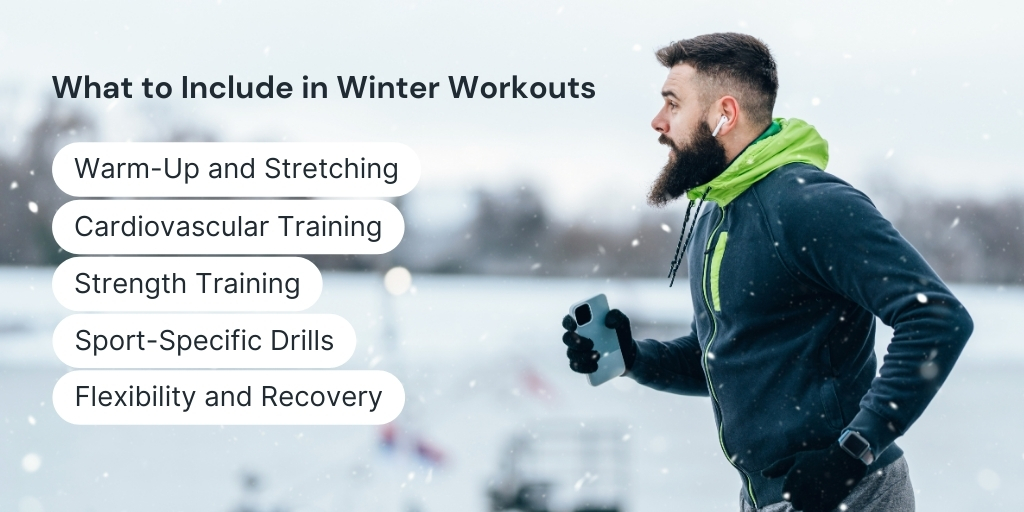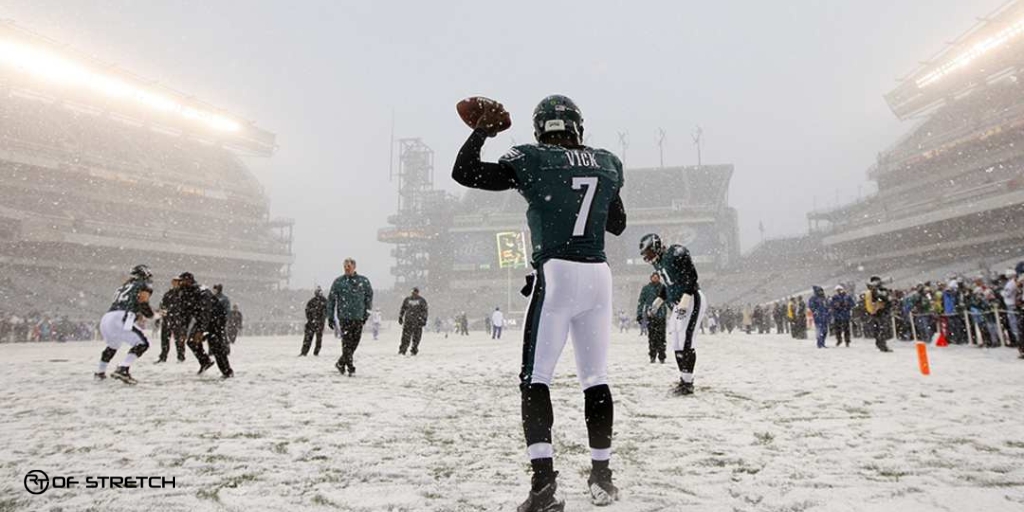Winter Workout Routines for School Sports Teams
Keeping your school sports team active and in top shape during the winter can be tough. The chill, shorter days, and the temptation to stay indoors make staying consistent a challenge. But a solid winter workout routine can make a big difference for your athletes, helping them stay fit, prevent injuries, and build mental toughness. Let’s take a closer look at the most effective workout routines, tips for keeping athletes motivated, and how to overcome common winter training challenges.
What to Include in Winter Workouts

Warm-Up and Stretching
Start with a good warm-up and stretching routine. Dynamic warm-ups like high knees, butt kicks, and leg swings are great for getting blood flowing and preparing muscles for harder exercises. Stretching helps improve flexibility, which reduces injury risk.
Cardiovascular Training
Running is a staple, but there are indoor options too. Treadmills, stationary bikes, and rowing machines are great for building stamina. If the weather allows, outdoor runs or high-intensity intervals like shuttle sprints and hill runs are excellent for building endurance and power.
Strength Training
When it comes to building muscle, bodyweight exercises like squats, lunges, and push-ups are perfect. For those with access to a gym or weight equipment, include exercises that target major muscle groups. Keep the reps high and weights moderate to develop muscular endurance without risking injury.
Sport-Specific Drills
Practicing sport-specific skills keeps athletes sharp. For basketball players, this could mean dribbling drills or practicing shooting. Soccer players can work on passing and footwork drills. It’s a fun way to keep skills fresh while breaking up the monotony of general fitness routines.
Flexibility and Recovery
Don’t forget to include stretching and foam rolling sessions. Yoga is a great way to add a low-impact recovery option. Flexibility helps with muscle recovery and prevents stiffness, which can be a common problem during winter training. If you’re looking for more specialized care, working with a stretch therapist that can provide targeted assistance to improve flexibility and prevent injury.
Sample Routines for Different School Sports
1. Basketball
Start with a 10-minute dynamic warm-up, followed by agility drills like ladder runs and cone drills. Do 20 minutes of HIIT, focusing on sprints and plyometric exercises like box jumps. Finish with ball-handling drills and a few sets of upper body exercises like push-ups and tricep dips.
2. Football

Begin with a 15-minute jog followed by agility exercises such as cone drills. Work in intervals with short bursts of sprinting mixed with jogging. Practice passing and dribbling techniques for 30 minutes. Finish with stretches for football players as part of the cool-down to prevent injuries.
3. Track and Field
After a warm-up jog, do plyometric exercises like jumping lunges and squat jumps to build explosive power. Follow that up with sprinting intervals and hill runs for stamina. Finish with core exercises like planks and bicycle crunches.
4. Volleyball
Focus on strength training for the legs and core, as these areas are essential for jumping and stability. Add plyometric jumps and quick feet exercises. Don’t skip arm and shoulder workouts for powerful serves and spikes. Practice blocking and spiking techniques as part of your skill training.
5. Swimming
For swimmers, dryland training is key in winter. Add strength exercises like medicine ball slams, core workouts, and resistance band exercises. Finish the workout with stretching and foam rolling to keep muscles loose.
Why Winter Workouts Are Important
Winter workouts are more than just a way to burn off energy. They play a huge role in keeping athletes ready for the spring season, whether it’s a sport that needs endurance, strength, or agility. Regular training in the colder months helps maintain physical conditioning, boosts performance, and lowers the risk of injuries. It also develops mental strength, helping athletes push through tough moments when the motivation dips. Athletes stretching routines boosts flexibility and recovery, while building mental strength helps them stay motivated during tough times.
Ready to jumpstart your team’s winter workout training?
Create your own routine and make this winter one of growth and preparation! Contact us and learn how to create a tailored plan that works!
Conclusion
Winter workouts can be fun and effective with the right plan, helping your team stay fit and ready for the next season. Stay consistent, mix up workouts, and don’t forget to rest. For extra help with flexibility or injury prevention, stretch therapy in Houston offers professional services to boost recovery and performance.
FAQs
How often should my team train during winter?
Aim for 3-4 sessions a week to balance training with rest. Adjust based on the team’s fitness level and sport-specific needs.
What’s the best way to prevent injuries during winter workouts?
Warm up properly, focus on correct form, and don’t skip stretching. Make sure athletes are hydrated and well-rested too.
How can we stay motivated during winter workouts?
Mix up routines to keep things interesting. Set small, achievable goals and create friendly competitions to keep the energy up.